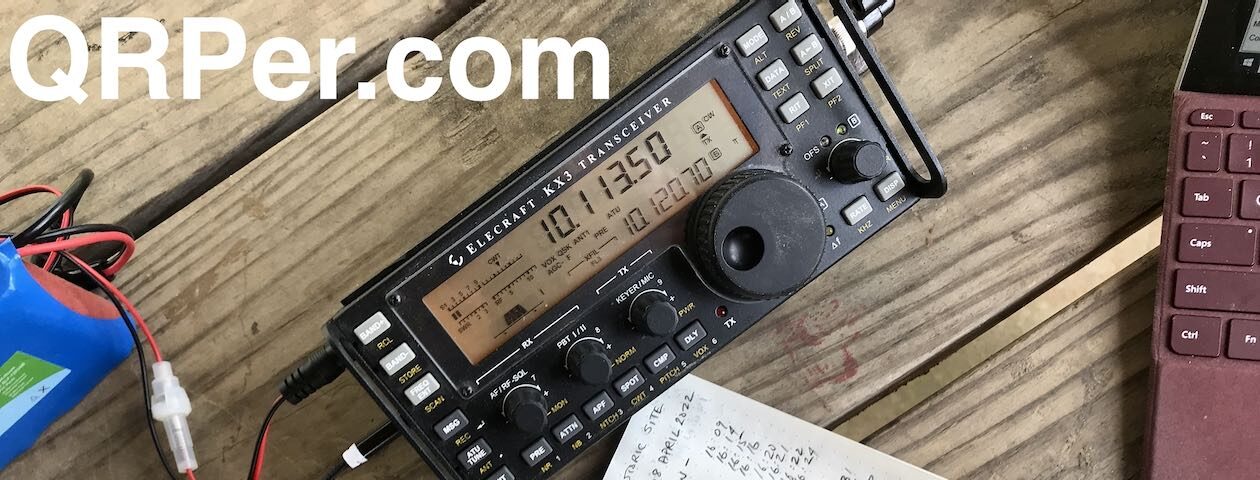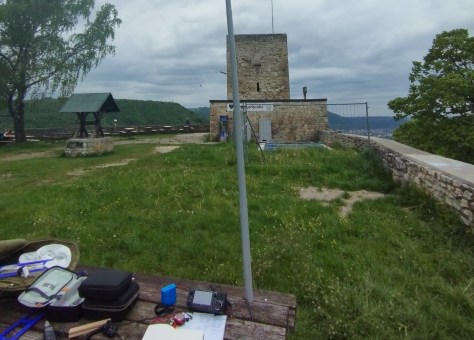
My wife and kids were with her parents for some days, the weather forecast 25° C / 77° F and the following Monday was a public holiday in Germany – perfect condition for an activation day trip during the weekend. With France and the Czech Republic already visited this year, there were two other neighbor countries waiting to be visited: Switzerland and Austria (the one without kangaroos). Austria is on my schedule for the Ham Radio fair in Friedrichshafen, so it became Switzerland.
The area northwest of the Swiss town Schaffhausen was perfect.
The region has been inhabited for more than 10,000 years. Schaffhausen started as an independent city-state around 1000 AD and became a Canton later. A canton is a type of administrative division similar to a state, but in European dimensions. The Swiss Confederation, as a whole, is smaller in size compared to West Virginia and has a slightly smaller population than New Jersey. Anyways, in 1330, the town lost all its lands and its independence, but regained its independence back in 1418. Schaffhausen joined the Swiss Confederation as the twelfth member in 1501. In 1944, Schaffhausen experienced a bombing raid by aircrafts from the US Air Forces, which misidentified the town in the neutral Switzerland as their target Ludwigshafen in Nazi-Germany.
The region is not too far from my home, it has a SOTA summit, which is in a POTA and WWFF area, is history-rich and has a second, although German, SOTA summit not too far away.

I started early on that Sunday morning at 8 a.m. The autobahn was nearly empty and just like an invitation to drive a bit faster. Since Corona, I haven’t been using my car very often, so I still had winter tires on, which are limited to 160 kmh / 100 mph.
Since 2008, Switzerland is in the European Schengen Area, so there are no regular border checks. Even before, it was a so-called “Green Border”, i.e. you could often pass it without checks. Without this old, unused border station, you would barely notice that you have crossed the line.
Some minutes later I approached the area, where the first summit is located.
The Wannenberg / Wannebärg (HB/SH-002) is a wooded mountain with an elevation of 661 m / 2168 ft. The peak is rather flat and also wooded. The way from the parking place at the foot of the mountain to the top is rather short and easy, with 2.1 km / 1.3 mi and an ascent of 140 m / 460 ft. Continue reading My One Day Mini-DXpedition to Switzerland










































